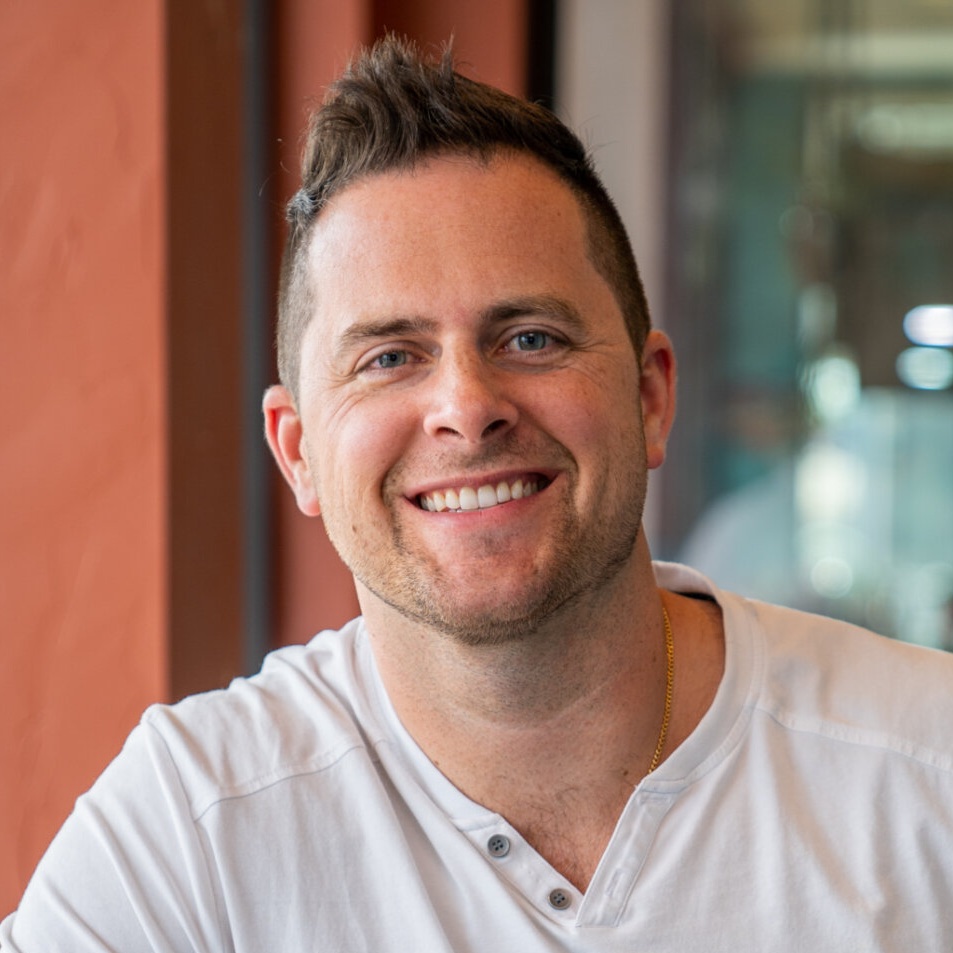Hi everybody, I’m J.D. Houvener, your host of the Bold Today Show where you get the knowledge, the daily inspiration about how you can go make the world a better place [Music].
We’re talking about frequently asked questions, and I encourage you, please comment below if you’ve got any burning questions that we haven’t talked about that you’ve thought about. It may be that you can’t explain to your significant other or to a friend of yours that’s asking you, you know, why are you interested in patents and you can’t quite explain what it is that you’re going for. Ask that below. I mean, this is it. This is a close-knit community. I want to get those questions answered.
So today, we’re going to touch on just one big question: what qualifies as a patentable invention, right? What’s eligible? Under 35 USC Section 101, that is what governs that is a statute that governs patent eligibility, right? What fits into the process? There are four major types of inventions.
The first is machines or devices, and it’s probably what you’ve thought of in terms of what a patent is. You know, these are things you can touch and feel. These are gadgets. These are physical devices that perform functions. So those are sort of the no-brainer. Yes, those are eligible to be patented.
The second major type is called a process. A process is what a lot of the software and computer-implemented inventions these days are covered under. It’s a method or process, meaning there are certain steps that are taken in a specific order, and as long as those are followed, a novel function is performed that has never been done before and provides a benefit to the user or any of those that are involved in that chain.
The next is called a composition of matter, and it’s a long phrase, I know, but what you can think of is atoms coming together, chemicals coming together. Most pharmaceuticals and any types of mixtures of metals or different elements will be under this category called composition of matter.
The last one is called a system, which is also called an assembling and a manufacture. So when you have different parts, physical components that are basically, by themselves, aren’t novel and have already been done before. When taken together, this assembly that has been put together becomes unique. Its functional output is novel. That’s when you have this last type of invention, which is an assembly.
If you have any questions about whether your invention qualifies and you want to get more information about that, please visit our website at boldIP.com or give us a call.
